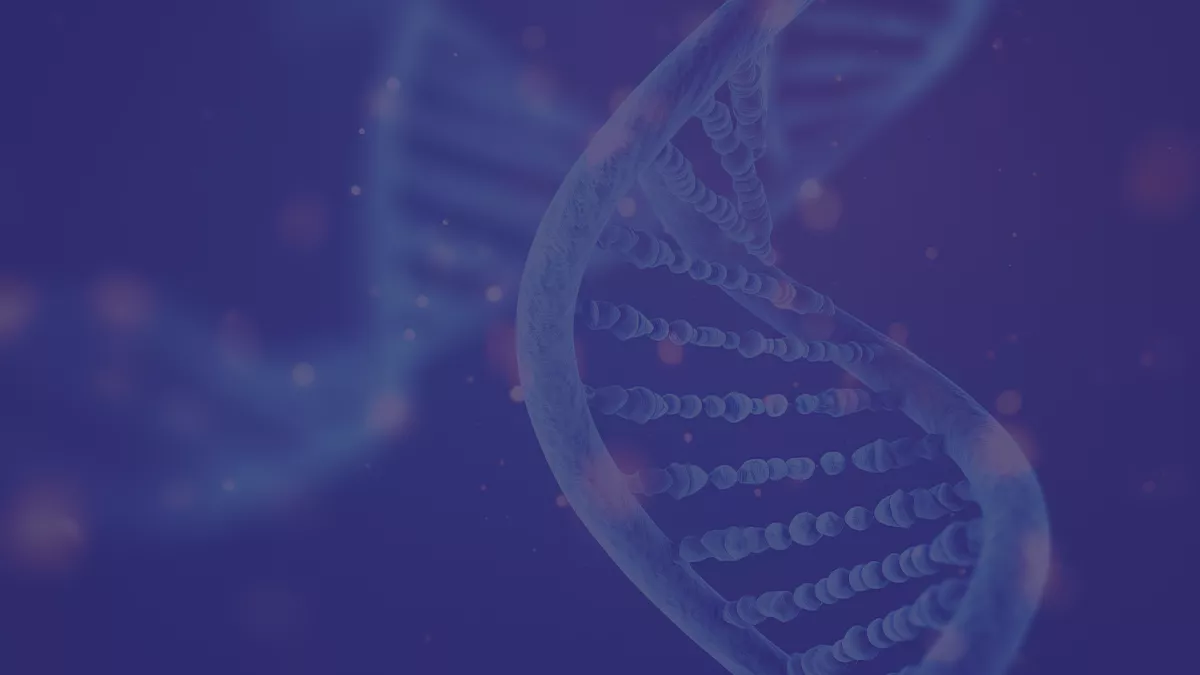
Deep learning fetal ultrasound video model match human observers in biometric measurements
Szymon Płotka, Aneta Lisowska and Arkadiusz Sitek – three scientists from Sano Science (Health Informatics Group) had a contribution to the new publication in Physics in Medicine & Biology.
Fetal ultrasound (US) is an essential diagnostic tool used for assessing fetal growth and to detect abnormalities during pregnancy. Clinically, accurate fetal biometric measurements of head circumference (HC), biparietal diameter(BPD), abdomen circumference (AC) and femur length (FL), used to estimate gestational age (GA) and fetal weight (EFW), are crucial for proper delivery management. Carrying out fetal body measurements is a task that requires following strict procedures which standardize the examination. The most important first step is the identification of standard planes during the examination, which is a prerequisite for performing measurements based on standardized procedures. Standard planes are characterized by providing an optimal, standardized view of the examined structures based upon the presence of desired anatomical structures and their appropriate exposure. Obtaining proper biometric measurements is subject to intra- and interoperator variabilities and depends on both the correctness of standard plane acquisition and utilization of proper measuring technique.
In this work the authors proposed a multi-task deep learning-based method called FUVAI for spatio-temporal fetal US video analysis. FUVAI is designed for automatic standard plane recognition and biometric measurement of fetal head, abdomen and femur directly in video recordings. We compared biometric measurements performed by the deep learning-based method with manual measurements by experienced sonographers using fetal US video recordings. Statistical analysis has proven FUVAI to be equally as good as experienced sonographers in both selection of the best standard planes and carrying out the actual measurements.
- The open access to the paper: https://iopscience.iop.org/article/10.1088/1361-6560/ac4d85
- This paper is an extension of the conference publication: https://link.springer.com/chapter/10.1007/978-3-030-92310-5_30.




